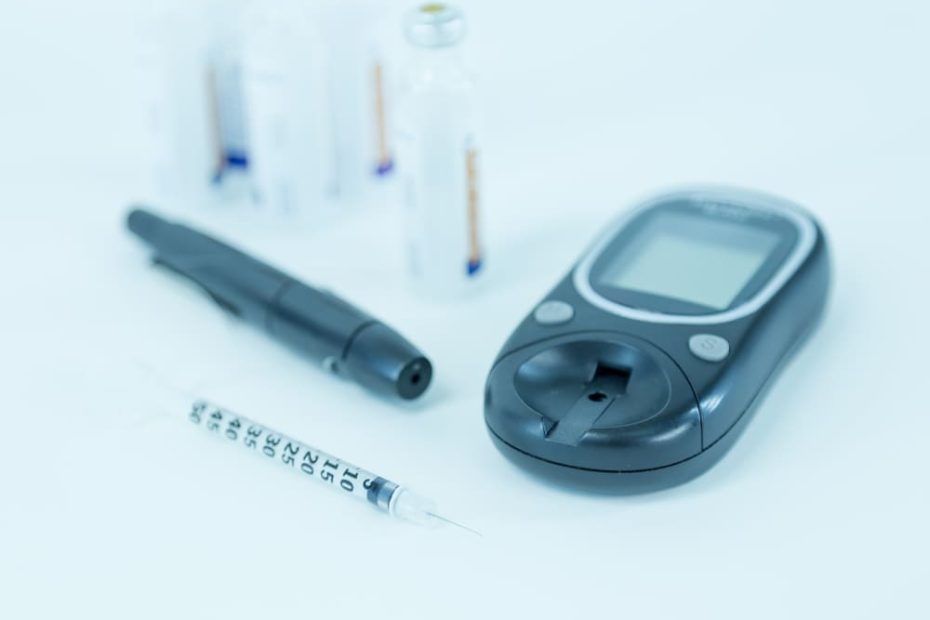Managing diabetes effectively requires constant monitoring and adjustments to ensure blood sugar levels remain stable. One key aspect of this management process is basal testing, which focuses on evaluating the effectiveness of basal insulin in the body. In this blog article, we’ll explore the importance of basal testing in diabetes, how it’s performed, and tips for optimizing your basal insulin regimen.
Understanding Basal Insulin and Its Role in Diabetes Management
For individuals with diabetes, maintaining stable blood sugar levels is crucial to preventing complications and promoting overall health. Insulin is a hormone produced by the pancreas, which plays a vital role in regulating blood sugar levels. People with diabetes either don’t produce enough insulin (Type 1) or are resistant to the effects of insulin (Type 2).
In order to manage diabetes effectively, insulin therapy is often required. This therapy typically involves two types of insulin: basal and bolus. Basal insulin is responsible for maintaining steady blood sugar levels between meals and overnight, while bolus insulin is used to counteract the rise in blood sugar levels after eating.
The Importance of Basal Testing in Diabetes
Basal testing is the process of evaluating the effectiveness of basal insulin in maintaining stable blood sugar levels without the influence of food, exercise, or bolus insulin. A successful basal insulin regimen should keep blood sugar levels within target range, ensuring that the body functions properly and reducing the risk of diabetes-related complications.
Basal testing is crucial for individuals with diabetes as it helps determine whether their basal insulin regimen is appropriate, allowing them to make necessary adjustments to improve blood sugar control.
How to Perform Basal Testing
Basal testing typically involves fasting and checking blood sugar levels at regular intervals to assess the performance of basal insulin. Here’s a step-by-step guide to conducting a basal test:
- Choose a day when you have no plans for physical activity or strenuous exercise.
- Do not take any bolus insulin for at least 4 hours before starting the test.
- Begin the test with a blood sugar level within your target range.
- Check your blood sugar every 2 hours throughout the test duration (8-12 hours during the day, or overnight).
- Record your blood sugar readings, and note any trends or patterns.
If your blood sugar levels remain stable within your target range throughout the test, your basal insulin regimen is likely effective. However, if your levels consistently rise or fall, adjustments may be needed.
Tips for Optimizing Your Basal Insulin Regimen
After performing basal testing, you may need to make adjustments to your basal insulin regimen. Consider the following tips to help optimize your blood sugar control:
- Consult with your healthcare team to determine the best course of action based on your basal test results.
- Adjust your basal insulin dose or type as needed, following your healthcare provider’s recommendations.
- Monitor your blood sugar levels regularly to ensure your adjustments are effective.
- Re-evaluate your basal insulin regimen periodically, as your body’s insulin needs may change over time.
Conclusion
Basal testing is an essential part of diabetes management, helping individuals with diabetes to assess the effectiveness of their basal insulin regimen and maintain stable blood sugar levels. By performing regular basal tests and making necessary adjustments, you can take control of your diabetes and minimize the risk of complications. Remember to always consult with your healthcare team before making any changes to your insulin therapy, and keep a close eye on your blood sugar levels to ensure optimal health and wellbeing.
